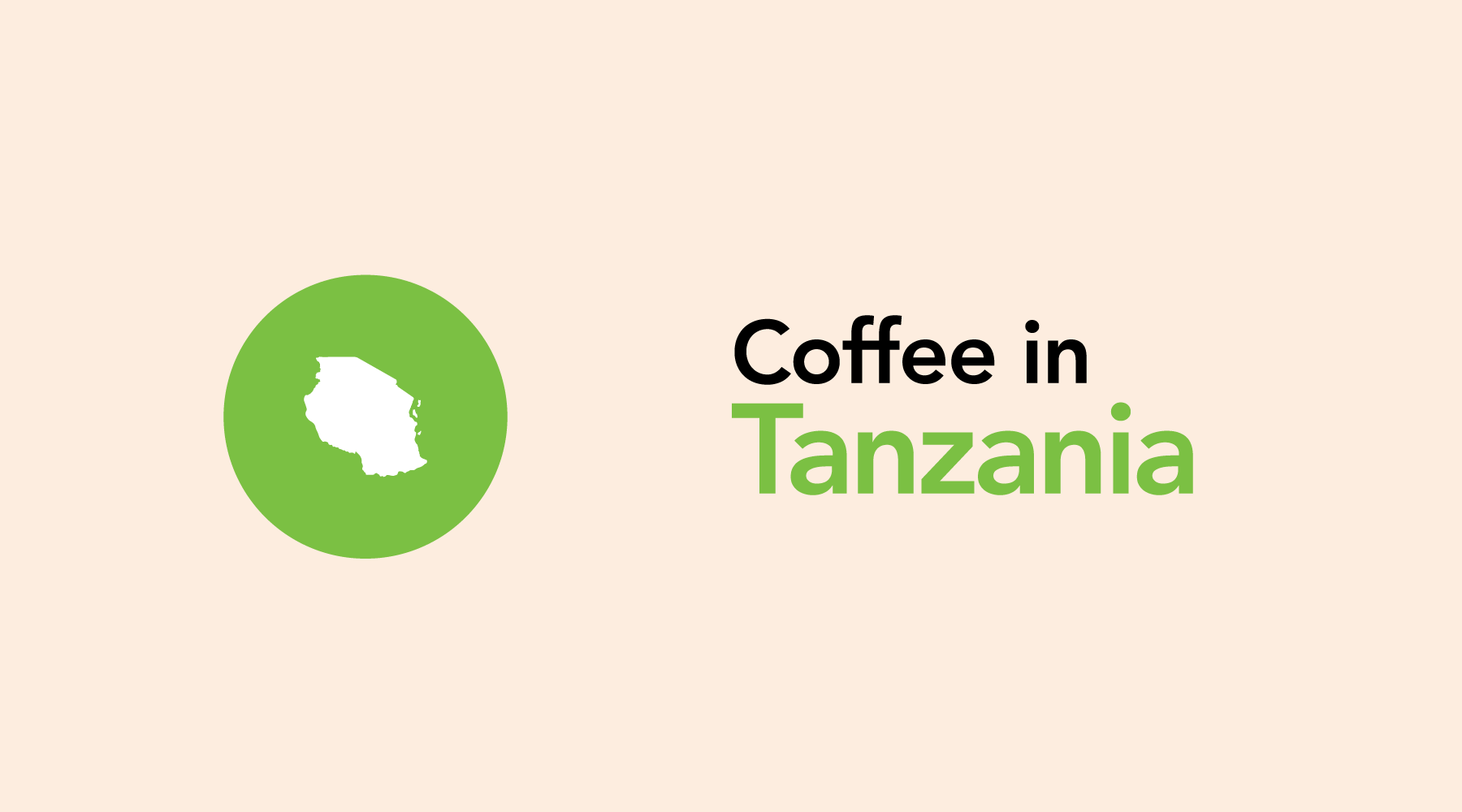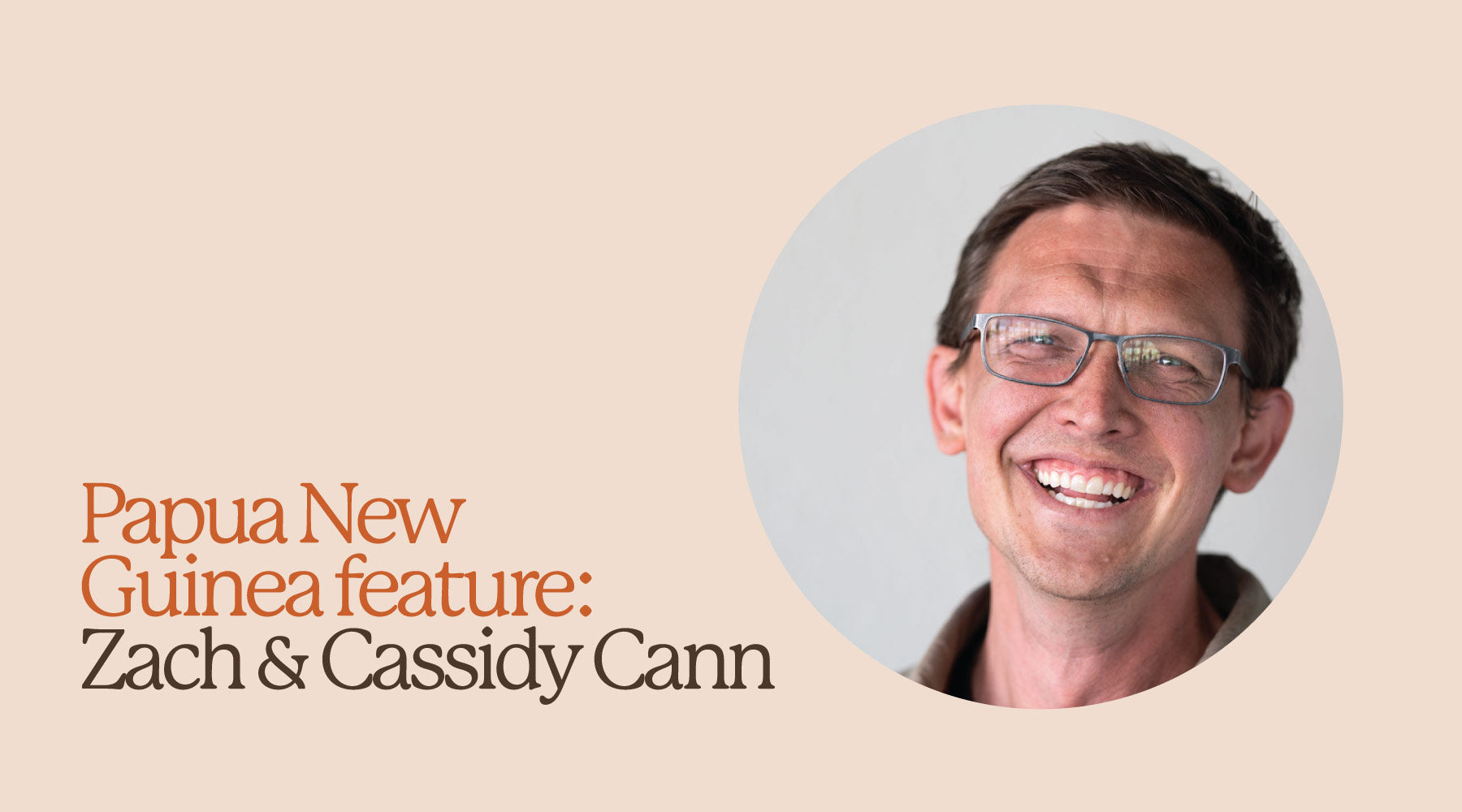Papua New Guinea | A Unique and Complex Origin

Papua New Guinea (paa•poo•uh nu gi•nee) takes the challenges of growing and selling coffee to a whole new level. Because of the country's remote nature and a handful of other variables, it is hard for producers to get their product into the hands of coffee drinkers in the U.S. Knowing these challenges and how difficult it is to get Papua New Guinea coffee, we're pretty excited about being able to offer it in our shop.
Coffee production got a late start in Papua New Guinea compared to other parts of the world. Sometime between 1926 and 1927, Jamaican Blue Mountain Coffee seeds were planted. Since that time, the coffee industry has been present but has never been able to thrive. At its peak in 1998, coffee accounted for 38% of exports but has since declined.
Today in Papua New Guinea, coffee is grown in small amounts and on small farms referred to as gardens. These gardens are very small compared to the more modern coffee farm, and coffee is most likely not the only crop they grow because the country survives on its agriculture. They have to grow more than just coffee if they're going to survive. Farmers pick the cherries and sell them directly to mills in cherry form. These are large mills that, for the most part, do a wet process. It's most likely when you enjoy a cup of coffee from Papua New Guinea, it's a blend of coffees from many different farms that were brought together during processing.
Considering that just 2% of the country's landscape is suitable for commercial agriculture, it isn't hard to see why coffee is not a significant export, even though the elevation and climate would otherwise be quite good for growing coffee. Additionally, they suffer from poor infrastructure and a lot of theft. So, what’s being done? When you consider the life and culture of Papua New Guinea, building a cohesive infrastructure for coffee production appears close to impossible. The remote nature of Papua New Guinea is unique and complicated, it's the most linguistically diverse region in the world, and its terrain is challenging to travel through.
The Remote Nature of Papua New Guinea
Did you know that less than 10% of Papua New Guinea's population has access to the internet? When you compare this to the current global percentage of 63%, it is easy to see how remote the island is from the rest of the world. Additionally, both landline and cell phone communication are difficult and unreliable. We all know how essential reliable communication is for businesses and when these basics are lacking, it's nearly impossible to conduct business efficiently, let alone internationally. The people of Papua New Guinea live in a tribal structure, each with different cultural practices. Not only do they not rely on modern communications, but Papua New Guinea is home to more than 600 distinct tribes. Some of these tribes have never had outside contact. Their languages can vary so widely from tribe to tribe that even communicating amongst themselves isn't possible. With so many tribes and languages, customs can also vary widely. With all these different scenarios, building a cohesive and thriving coffee industry would be difficult, especially when some of these tribes are completely unreachable.
So Many Languages
When you visit a foreign country, there's almost always an official language you can rely on for communication. Even when there are dialects, there's usually a more well-known one to fall back on. In Papua New Guinea, there is a trade language known as Tok Pisin. This language is used to conduct business in the bigger cities of Papua New Guinea and is a combination of Creole, English, and Portuguese. Tok Pisin is the most commonly spoken language in Papua New Guinea and just recently became an official language. But, if you look at government documents, most of those are in English. Additionally, if you travel throughout the country, you'll see that all of those tribes I mentioned have their own language, not just a dialect, but an entirely different language. There are 832 living languages in Papua New Guinea, making it the most linguistically diverse country in the entire world. Some of these languages aren't written and are just spoken, only adding to the complexity of communication that is already difficult.
Difficult Terrain
Even though Papua New Guinea is the largest of the Pacific Island Nations, size doesn't necessarily always correlate with development. One of the reasons Papua New Guinea struggles with development is because of its terrain. It's among the most rugged terrain in the world. The total land area of the country is 462,840 km² (178,703 mi²), with altitudes over 15,000 feet. It has enormous mountain crests surrounded by slopes and valleys with fast-flowing rivers that have long cuts into the country's interior, blocking the way for outsiders. The geographical diversity is astounding, with offshore islands, lowland forests, extensive marshes, and dry savannah. Only 13% of the country is inhabited and has abundant natural resources. However, those resources are hard to get to. Generations of people live in Papua New Guinea, and they all rely on their agriculture for survival.
It's easy to see the uniqueness and complexity of Papua New Guinea as a country and a culture. When looking at the country's coffee industry, it appears that its ability to thrive will be a difficult task. I've written and researched the traceability of Ethiopian coffee and discovered that it was challenging to attain. And while it remains far from perfect today, we can find out so much more about where our Ethiopian coffee comes from. I don't know that Papua New Guinea will ever make the same strides as Ethiopia. How do you overcome these language issues to communicate more cohesively? Maybe if there is more commonality in language someday, then the coffee industry could thrive. For now, we are excited to offer coffee from Papua New Guinea. We love it so much that we are serving it on bar at the Sagebrush Coffee Shop. If you're local or visiting the Phoenix area, come and enjoy a cup. If you love our roasted coffee, grab a bag, and if you roast at home, get some green coffee to roast to your liking. We are confident you won't be disappointed.



